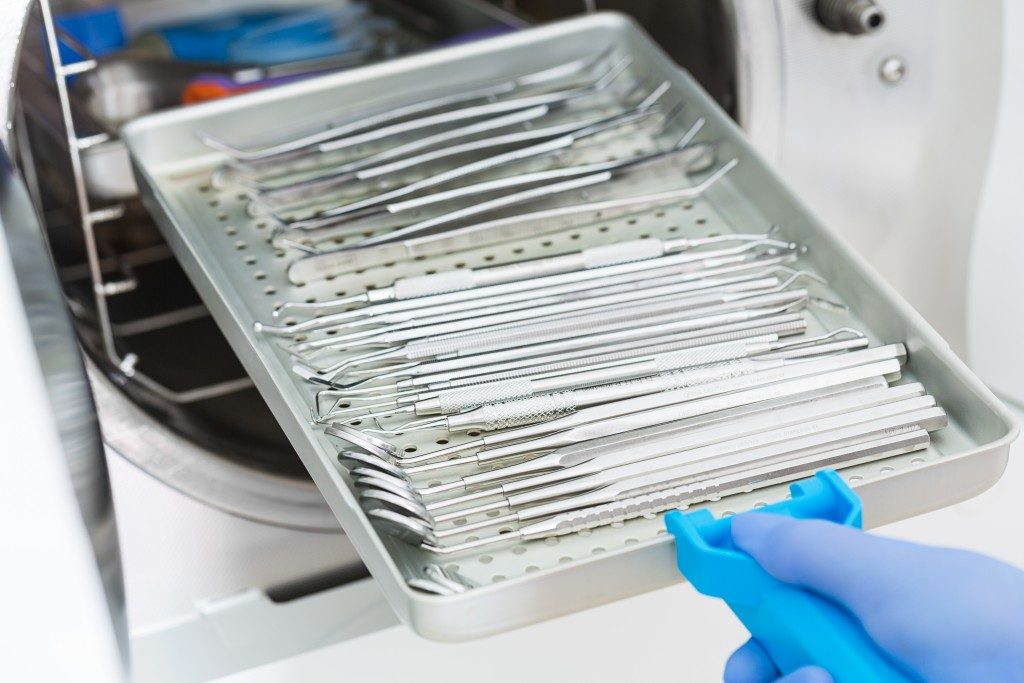Autoclaves are a staple in laboratories and clinics, and are important to keep instruments and equipment sterilised. However, caring for an autoclave on a regular basis is easily overlooked, especially when the days get too hectic or busy. This error can lead to frequent and costly repairs, and can affect any of the items it sterilises.
Properly care for your autoclave by doing the following:
Daily practices
Each time you select the autoclave cycle, you should make sure that the chosen cycle has the appropriate settings you require. Never overload steriliser trays, as it causes inadequate sterilisation and drying.
When loading your autoclave, leave adequate space between the items you are sterilising to let the steam flush out all air. Bottles, narrow necked flasks and empty vessels should be placed upside down to keep any condensate from collecting and let them be drained of air.
The contents being sterilised should absolutely be clean and free from any debris, organic tissue and blood. Otherwise, this can damage the autoclave or the instruments. Use an ultrasonic cleaner for the instruments before loading them into your autoclave.
Always clean and inspect the door gasket for any damage. Switch off the autoclave and open the door to check the gasket and mating surface for corrosion, damage and debris. Wipe the areas with a mild detergent using a sponge or cloth.
Check the water condition in the trough or tank. Blood, faeces, agar or any solid rubbish can lead to problems and failures in sterilisation. Spillage of any of these will block the autoclave’s pipework, drains and valves, so you must avoid spillage at all costs.
To immediately ensure that you were able to meet the correct parametres to achieve sterilisation, use a Class 5 Chemical Integrator Test Strip with each cycle.

Weekly practices
Clean the rack and trays with non-scratch scourer pads and a mild non-abrasive detergent. Rinse them well and never use a wire brush, steel wool or bleach.
Completely drain the reservoir and replace it with fresh distilled water.
During a cycle, monitor the autoclave’s temperature and pressure by checking the correlation of the gauge pressure against the displayed pressure. The control temperature it states and the vessel pressure during sterilisation stage only should be assessed using a steam table graph. Record any significant deviations from your readings and refer to your autoclave seller or manufacturer for comments.
Monthly practices
Perform a biological live spore test on your autoclave at least once every month.
Clean the chamber internally to prevent contaminants from building up on the water level probe or within the water. If you use your autoclave daily, check the chamber once a week and clean it if necessary, according to its operating manual. Cleaning the chamber and flush lines typically requires 7.5 litres of distilled water.
Inspect the plug and cord for excessive wear and overheating, as this can be a fire hazard. If it is overheating or worn, you should replace the power cords. Some power cords can be quickly disconnected and replaced, otherwise a certified repair company should do the replacement.
Make it a habit to clean and inspect your autoclave regularly. If you must, put up checklists or reminders close to the autoclave to make sure it receives the attention it requires. It may be an additional effort but it saves you from costly repairs, improperly sterilised equipment and from buying a new autoclave altogether.
